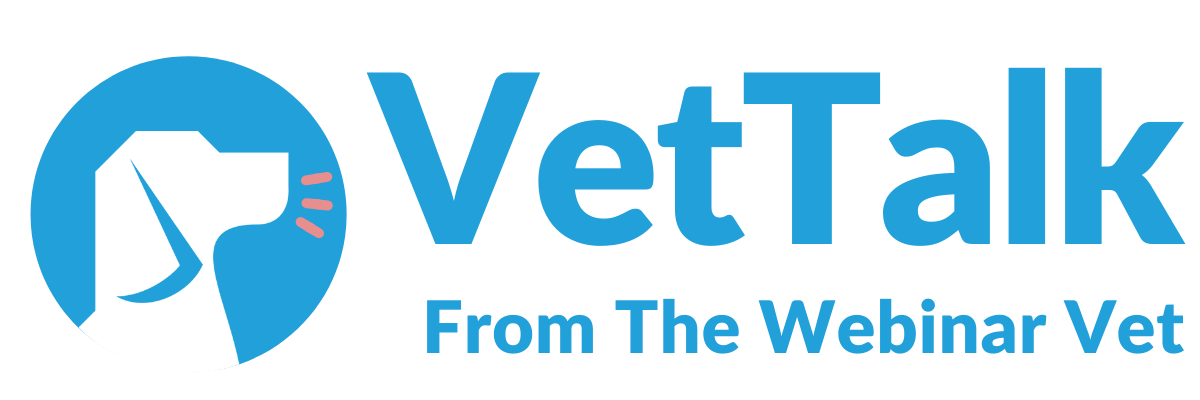
Empowering RVNs: Our Protocol for Nurse Led Booster Vaccinations
By Lauren Hargrave BSc (hons) (Animal Behaviour), FdSc RVN and Carly Blann (Dip) RVN
As the demands on veterinary teams continue to grow, effective nurse utilisation has never been more important.
At our practice, we’ve embraced a team-based approach where Registered Veterinary Nurses (RVNs) are empowered to work to their full potential. One area where we’ve seen particular success is in the administration of booster vaccinations by RVNs under clinical direction.
In this blog, we’ll share how we developed our protocol, training considerations, and how this has made a huge impact within our team. We hope, by sharing our experiences we can help other practices explore this safe and effective way of working.
 Why We Introduced Nurse Led Boosters
Why We Introduced Nurse Led Boosters
Like many practices, we were seeing increased pressure on veterinary appointments, especially for routine procedures. We recognised an opportunity: with the right safeguards in place, booster vaccinations could be delegated to RVNs, freeing up veterinary surgeons for more complex consultations while enhancing the role of the nursing team.
This change is not about cutting corners; it’s about using clinical resources appropriately and delivering care more efficiently.
How can RVNs give boosters under the current legislation and guidance?
Nurse-led boosters aren’t yet widely adopted, and we were inspired by another practice already seeing success with this approach. We began by asking: What does a booster vaccination appointment actually involve?
Typical components include:
• A health assessment to ensure the pet is well
• A conversation around preventative care
• Answering owner questions (e.g. behaviour, diet, neutering, dental health)
• Administering the vaccination
These are all areas our RVNs already excel in during second vaccinations and nurse consults.
The key difference? In a second vaccination, the vet has already prescribed the vaccine at the first appointment. For a booster, the vet may not have seen the pet in the past 12 months—meaning a new prescription and clinical assessment are required.
 What is a Clinical Assessment?
What is a Clinical Assessment?
According to the RCVS (2024):
“A clinical assessment is any assessment which provides the veterinary surgeon with enough information to diagnose and prescribe safely and effectively. A clinical assessment may include a physical examination, however this may not be necessary in every case.”
This means a booster can be prescribed without the vet physically seeing the patient, provided they have sufficient information to do so safely.
Our Step-by-Step Process
1. Identifying Suitable RVNs
Only confident, competent RVNs with strong foundational skills and an interest in delegated consults were selected to carry out boosters. It was important to us that RVNs who did not wish to perform these types of consultations were not forced to. This ensured the nursing team were happy, there was consistency and a high standard of care.
2. Selecting Eligible Patients
Initially, only pets under 3 years and 6 months were included. Once the protocol proved successful, we extended this to include pets up to 5 years and 6 months—an age group less likely to present with age-related chronic conditions such as osteoarthritis or kidney disease.
3. Developing a Clear SOP
We created a detailed Standard Operating Procedure (SOP) outlining when boosters could and could not be administered by RVNs. Key criteria included:
• The vet has taken the patient under their care
• There are no owner-reported health concerns
• The pet is bright, alert, and responsive, and there are no abnormalities during the clinical examination
• The vet is aware of the appointment and has conducted a clinical assessment
• The RVN follows the directed vaccination schedule as outlined in the SOP
If concerns arise during the consult, the RVN pauses and discusses next steps with the vet.
4. Vet Involvement and Review
Our vets reviewed the protocol to ensure it aligned with their clinical expectations and prescribing responsibilities. Their input was vital for confidence and compliance.
5. RCVS Feedback
While the RCVS cannot formally “approve” SOPs, we submitted ours for feedback. They confirmed it aligned with current guidelines and offered constructive suggestions, which we incorporated.
6. Implementation
With everything in place, we began offering nurse-led booster appointments.
Challenges Faced
• Professional scrutiny: Some external criticism was received due to the novelty of the approach.
• Teething issues: Booking and internal communication took adjustment.
• Nervousness: As a rarely used model, there was natural hesitation. We were determined to get it right.
 Benefits We’ve Seen
Benefits We’ve Seen
The outcomes of this protocol have been overwhelmingly positive:
• Reduced vet workload: Vets are freed up for more complex cases, improving clinical efficiency.
• Better access for clients: Greater availability of routine appointments.
• Enhanced RVN engagement: Nurses report greater job satisfaction, pride, and purpose.
• Improved team approach: Everyone is contributing by working effectively as a team, allowing for a more improved, smoother running of the day.
Sharing to Support Change
We understand that not every practice is the same, and protocols must be adapted to each individual team. However, we believe this way of working is both achievable and sustainable, making a real difference in team wellbeing and client experience.
We’re keen to support others looking to implement similar changes. We are happy to share our experiences, answer questions and make suggestions for your practice. Find us on LinkedIn!

References:
RCVS (2024). What is a ‘clinical assessment’? [online] Professionals. Available at: https://www.rcvs.org.uk/faqs/what-is-a-clinical-assessment/.
